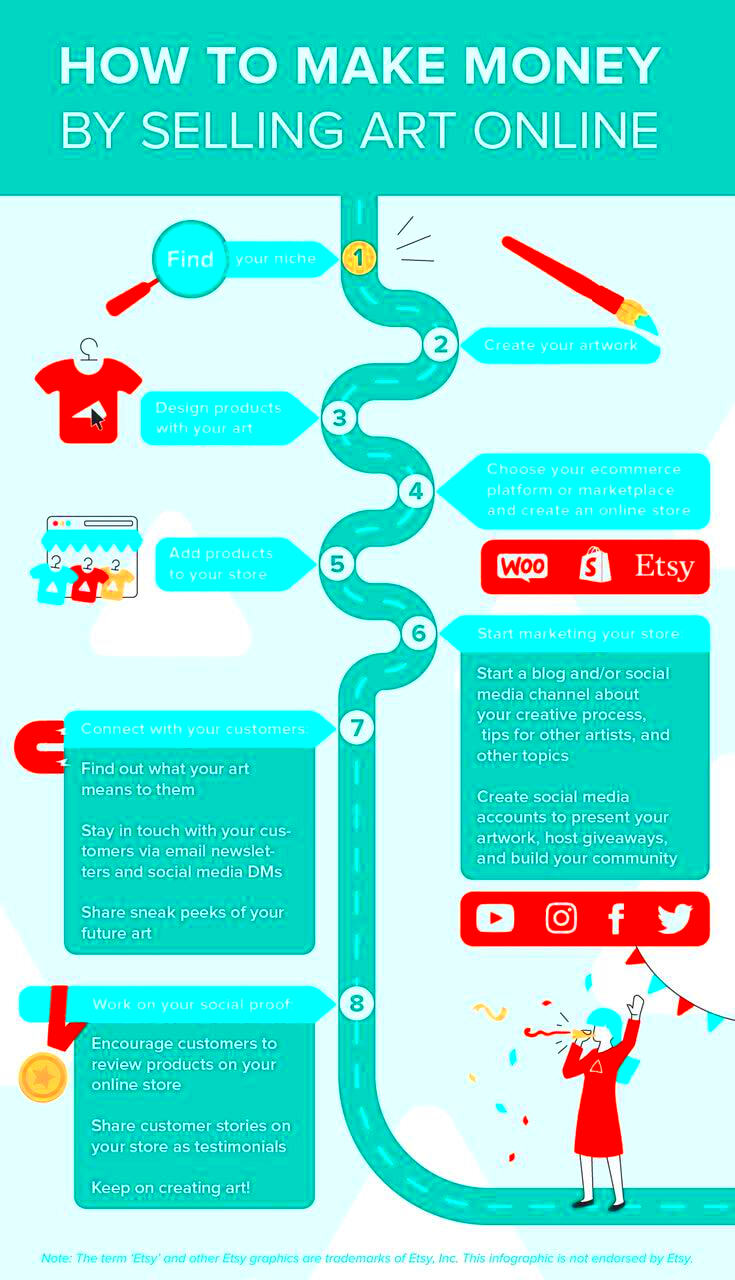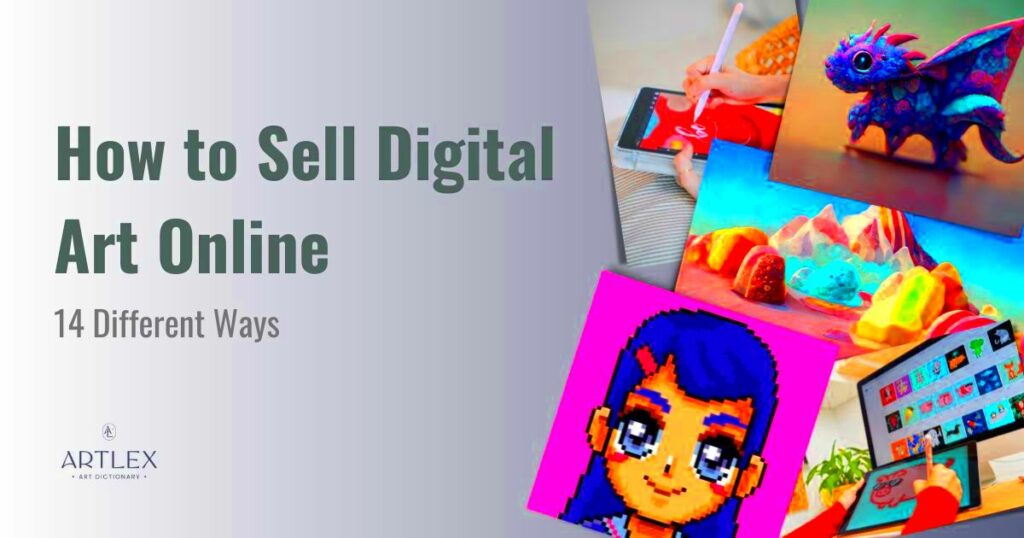Warning: Undefined array key 7 in /home/imgpanda.com/public_html/wp-content/themes/astra/template-parts/single/single-layout.php on line 176
Warning: Trying to access array offset on value of type null in /home/imgpanda.com/public_html/wp-content/themes/astra/template-parts/single/single-layout.php on line 179
Selling art on Shutterstock is an exciting opportunity for artists looking to share their work with a global audience. Shutterstock is a popular platform where creators can sell their images, videos, and illustrations. If you're an artist, this platform can help you showcase your talent and potentially earn money. In this blog post, we will explore how to navigate Shutterstock, create appealing art, and market your work effectively. Let's dive into the details and get you started on this artistic journey!
Understanding Shutterstock's Marketplace

Shutterstock is a vast marketplace that connects artists with buyers seeking high-quality visuals. Here are some key points to understand:
- Diverse Audience: Shutterstock attracts millions of users, including marketers, designers, and content creators looking for unique visuals.
- Types of Content: You can sell various types of art, including photos, illustrations, vectors, and videos. This variety allows you to choose what fits your style best.
- Licensing Options: Shutterstock offers different licensing models, giving buyers flexibility in how they use your art. Familiarize yourself with these to better understand your potential earnings.
- Quality Standards: Shutterstock has strict quality guidelines for submissions, ensuring that only the best art is available on the platform. This helps maintain the platform's reputation.
By understanding these aspects, you can position yourself effectively within the marketplace and attract more buyers to your work.
Also Read This: How to Check How Many Shutterstock Credits You Have and Use Them
Creating High-Quality Art for Shutterstock
To succeed on Shutterstock, your art needs to stand out. Here are some tips to create high-quality content:
- Focus on Composition: Pay attention to how elements are arranged in your art. A well-composed piece catches the viewer's eye.
- Use High-Resolution Images: Always use high-resolution files. Shutterstock requires specific pixel dimensions, so check their guidelines before uploading.
- Experiment with Styles: Don’t be afraid to try different styles and subjects. Variety can attract a broader audience.
- Follow Trends: Keep an eye on current design trends. Creating art that aligns with what’s popular can increase your chances of sales.
- Edit Thoughtfully: Use editing software to enhance your images but avoid over-processing. Aim for a polished, professional look.
Investing time in creating high-quality art will pay off when potential buyers see the effort and skill in your work. Remember, quality over quantity is key in this competitive marketplace.
Also Read This: How to Create a Messy Bun with Short Hair Using Easy Styling Tips
Setting Up Your Shutterstock Account
Getting started on Shutterstock is simple. Setting up your account is the first step towards selling your art. Here’s how to do it:
- Visit the Shutterstock Website: Go to the Shutterstock homepage and look for the "Submit Content" or "Sign Up" option.
- Create an Account: You’ll need to provide some basic information, like your email address and a password. You can also sign up using your social media accounts for convenience.
- Complete Your Profile: After registration, fill in your profile details. This includes your name, a brief bio, and any relevant links to your website or social media. A complete profile helps establish credibility.
- Read the Guidelines: Before you start uploading your art, make sure to read Shutterstock’s contributor guidelines. Understanding their standards will help you avoid common pitfalls.
- Set Up Payment Information: Don’t forget to enter your payment details. This is crucial so you can receive payments for your sales.
Once you’ve set up your account, you’re ready to start uploading your art and sharing your creativity with the world!
Also Read This: Easy Step-by-Step Guide to Making a Paper Kite
Uploading and Managing Your Art Portfolio
Now that your account is set up, it’s time to upload your art. Here’s a step-by-step guide to make the process smooth:
- Select Your Best Work: Choose pieces that you believe will appeal to buyers. Quality is more important than quantity.
- Prepare Your Files: Ensure your art meets Shutterstock’s technical requirements. This includes file format (JPEG, EPS, etc.), resolution, and dimensions. High-resolution images are crucial!
- Upload Your Art: Go to the “Upload” section of your account. Follow the prompts to add your files. You can usually drag and drop files for convenience.
- Add Metadata: Fill in relevant information for each piece, including titles, descriptions, and keywords. Good metadata helps potential buyers find your art.
- Organize Your Portfolio: Use categories and collections to group similar works together. This makes it easier for buyers to browse your portfolio.
Managing your portfolio doesn’t end with uploading. Regularly review your art, update metadata, and add new pieces to keep your portfolio fresh and appealing.
Also Read This: How to Bypass YouTube Adblock Detection on Opera GX
Marketing Your Art to a Global Audience
Marketing is crucial for getting your art seen by a wider audience. Here are some effective strategies to promote your work:
- Use Social Media: Share your art on platforms like Instagram, Facebook, and Pinterest. Create engaging posts that showcase your work and link back to your Shutterstock portfolio.
- Network with Other Artists: Connect with fellow artists and creatives. Collaborate on projects, share tips, and support each other's work.
- Optimize Your SEO: Use relevant keywords in your Shutterstock profile and art descriptions. This will help improve visibility in search results.
- Create a Personal Website: Having your own website acts as a portfolio where you can showcase your art, share your story, and link directly to your Shutterstock page.
- Participate in Online Communities: Join forums and groups related to art and photography. Engaging with others can lead to valuable connections and potential sales.
Marketing takes time and effort, but building a strong presence will help you reach a global audience and increase your sales on Shutterstock.
Also Read This: Learn the Windmill Technique Easily Step by Step
Analyzing Sales and Improving Your Strategy
Once you've uploaded your art to Shutterstock and started making sales, it’s essential to analyze your performance. Understanding what works and what doesn’t can help you refine your approach. Here’s how to effectively analyze your sales:
- Review Your Sales Data: Shutterstock provides a dashboard where you can track your sales, downloads, and earnings. Regularly check this data to identify trends.
- Identify Top Performers: Take note of which pieces are selling well. Look for common themes, styles, or subjects that resonate with buyers.
- Gather Feedback: While customer feedback may not be readily available, consider your own observations. What types of art do you feel receive the most interest?
- Adjust Your Portfolio: Based on your analysis, consider removing underperforming pieces and focusing on creating more of what sells. This might also involve experimenting with different styles or subjects.
- Stay Updated: Keep an eye on market trends and adjust your strategy accordingly. What’s popular today may change tomorrow, so flexibility is key.
By regularly analyzing your sales data and adjusting your strategy, you can enhance your chances of success on Shutterstock and build a sustainable income from your art.
Also Read This: Adding Adobe Stock Images to Your Creative Cloud Library
Common Challenges and How to Overcome Them
Selling art on Shutterstock can be rewarding, but it comes with its share of challenges. Here are some common hurdles artists face and tips to overcome them:
- Understanding Guidelines: Shutterstock has specific requirements for submissions, which can be confusing. Take the time to read the guidelines thoroughly and ask questions in forums if you're unsure.
- Getting Noticed: With so many contributors, standing out can be tough. Focus on creating unique, high-quality art that showcases your style. Use effective marketing strategies to draw attention to your portfolio.
- Dealing with Rejections: Not every submission will be accepted. If your work gets rejected, don’t take it personally. Instead, seek feedback and learn from the experience.
- Time Management: Balancing art creation with marketing efforts can be challenging. Set aside dedicated time each week for both tasks to ensure you’re consistently promoting your work.
- Market Changes: Trends in art can shift quickly. Stay informed about what’s popular in your niche and be willing to adapt your style or subject matter accordingly.
By recognizing these challenges and proactively addressing them, you can create a more successful experience on Shutterstock.
Also Read This: How to Add Your Portfolio to ShootProof
FAQs About Selling Art on Shutterstock
Here are some frequently asked questions to help you navigate the process of selling art on Shutterstock:
- How do I get paid?
- You will receive payments through your chosen payment method, typically via PayPal or bank transfer, once you reach the minimum payout threshold.
- What type of art sells best?
- There’s no one-size-fits-all answer, but popular categories include lifestyle images, nature scenes, and abstract art. Keep an eye on trends in the marketplace.
- Can I sell the same art on other platforms?
- Yes, you can sell the same art on other stock photography sites as long as you adhere to each platform's licensing agreements.
- How many images can I upload?
- There’s no set limit to how many images you can upload. However, focus on quality over quantity to improve your chances of sales.
- What if I’m not a professional artist?
- Many successful Shutterstock contributors are hobbyists. As long as your art meets quality standards and resonates with buyers, you can find success.
By addressing these questions, you can feel more confident in your journey to selling art on Shutterstock and better prepare for the challenges ahead.
Conclusion and Final Thoughts
Selling art on Shutterstock can be a rewarding experience for both new and established artists. By understanding the platform, creating high-quality art, and implementing effective marketing strategies, you can reach a global audience and generate income from your passion. Remember to stay adaptable and continuously analyze your performance to improve your approach. Embrace the challenges as opportunities for growth, and don’t hesitate to engage with the community of fellow artists for support and inspiration. With dedication and creativity, you can carve out a successful path on Shutterstock and share your art with the world.
